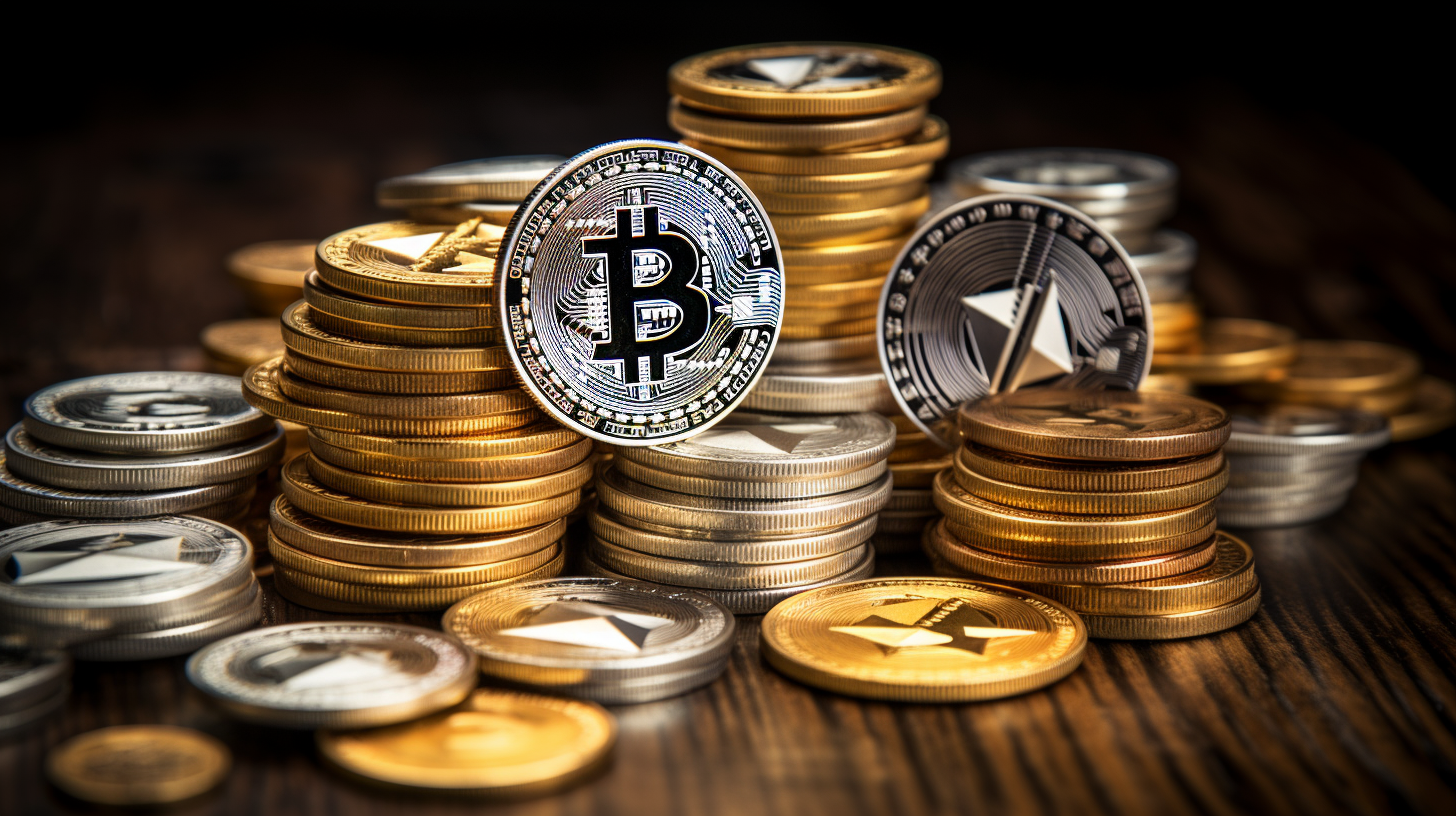In the grand spectacle of the crypto economy, volatility often takes center stage. It’s a tantalizing yet terrifying feature that excites investors and petrifies the pragmatists. As we’ve delved into the symbiotic relationship between cryptocurrency volatility and economic stability before, it’s time to unravel this complex affair even further. Today, we ask the provocative question: Is volatility an ally or foe in the world of crypto economics?
Let’s begin with the dazzling allure of volatility. For many adventurers in the crypto space, volatility is like a siren’s song – captivating, full of potential, and drenched in the promise of high returns. Every sharp spike and dip on the chart is an opportunity to ‘buy low and sell high.’ The narrative of overnight millionaires born from a single fortunate trade persists, luring more to join the fray.
But there’s more to the story. Beneath the surface churning of prices, volatility fosters an ecosystem ripe for innovation and growth. It attracts capital and talent, with a gravitational pull so strong that it propels entire regions into becoming burgeoning ‘crypto-cities.’ Entrepreneurs and developers flourish in this environment, brainstorming and creating cutting-edge solutions ranging from DeFi platforms to non-fungible tokens (NFTs).
Yet, volatility’s edge cuts both ways. To the risk-averse and unprepared, volatility is not an ally but a savage adversary. Fortunes can vanish as quickly as they appear, creating an economy akin to the Wild West. It’s this very capriciousness that screams for some form of stability mechanism, like the steady stablecoins, or the reliable pulse of a solid consensus mechanism to keep the heart of crypto beating steadily.
So, how do we reconcile these vastly different faces of volatility? The key lies in the adaptable nature of decentralized technologies and the communities that surround them. Organizations like Decentralized Autonomous Organizations (DAOs) are stepping stones toward a self-regulated economy. By wielding smart contracts and communal consensus, DAOs provide a framework where decisions, risks, and rewards are shared.
Furthermore, volatility can act as a catalyst for financial literacy. The unpredictable market demands that participants arm themselves with knowledge, engage with the community, and understand the tech behind the tokens. This level of engagement precipitates a more profound awareness that transcends the crypto ecosystem and seeps into the broader fabric of society.
Looking ahead, the ongoing debate of volatility refuses to be sidelined. On the one hand, its mercurial temperament may never allow for the predictability coveted by traditional economic systems. Yet, without its dynamism, the spark that drives innovation and interest in the crypto market might dwindle.
In the end, whether volatility is an ally or foe depends largely on perspective and arguably, one’s appetite for risk. What remains clear is that volatility is not simply an aspect to endure; it’s a phenomenon to understand, navigate, and perhaps even embrace. As we continue to monitor, analyze, and discuss its implications, the role of volatility in shaping the future of crypto economics will undoubtedly remain a subject of great intrigue and debate.
The relationship with volatility is complicated, to say the least. Still, it is an integral part of the engine that drives the crypto economy forward. The zeitgeist of our age whispers that volatility, with all its vices and virtues, might just be the unlikely champion of an era that refuses to be defined by the financial dogmas of the past.
